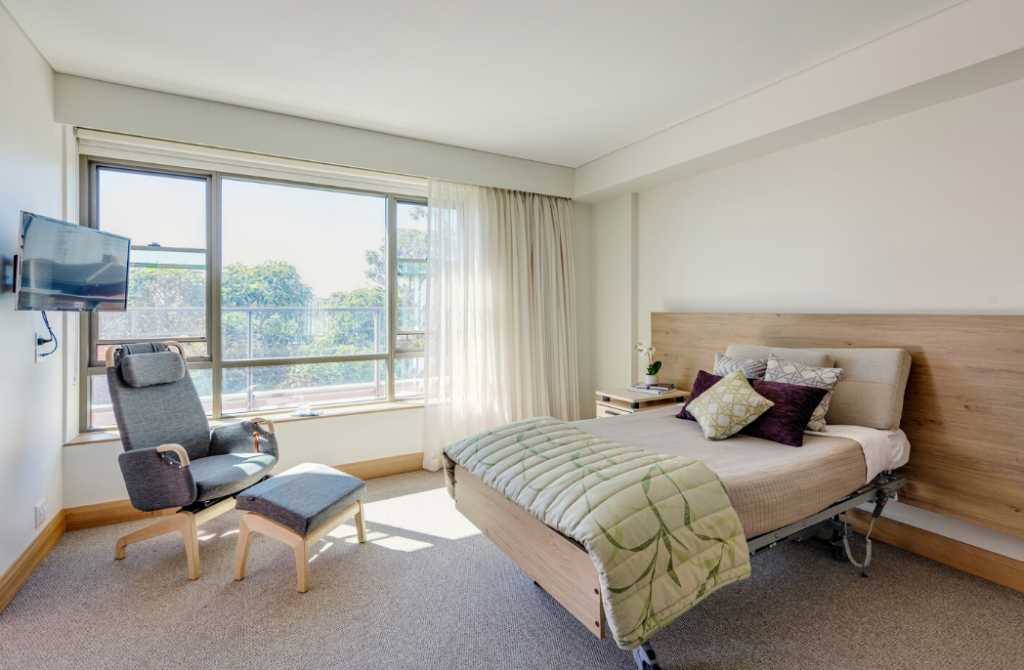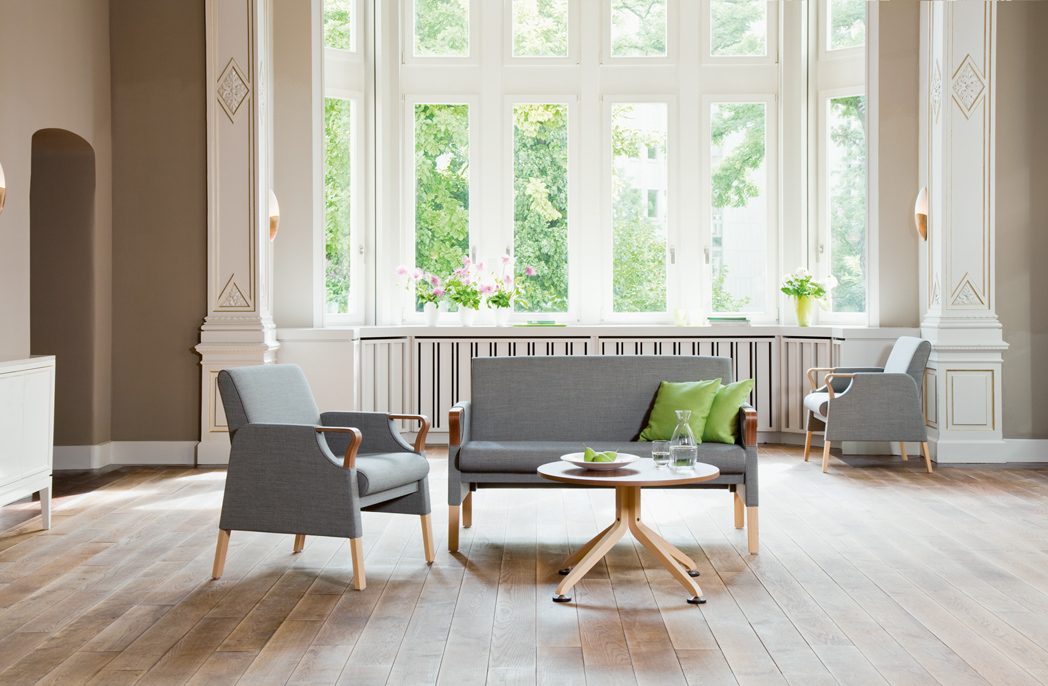
What are the growth opportunities in aged care?
What are the growth opportunities in aged care?
Share
The proportion of the Australian population aged 65 and is expected to grow even more rapidly between now and 2028, as more baby boomers reach the age of 65. Their accommodation requirements mean serious opportunities for architectural practices looking to work in this sector.
Over one million people in Australia currently receive aged care services. By 2050, this number is expected to rise to more than 3.5 million. This is a time of significant change for the aged care sector and the people and organisations that are part of it.
According to the government website, agedcare.health.gov.au, “The changes to aged care that commenced in 2013 are aimed at ensuring the best outcomes for older people and for the organisations that provide aged care services, both now and in the future.”
In October 2018, Prime Minister Scott Morrison announced the Terms of Reference for the Royal Commission into Aged Care Quality and Safety. This follows more than 5000 often disturbing submissions received from aged care consumers, families, carers, aged care workers, health professionals and providers indicating that the level of care that has been given to this vulnerable section of our community has often been of a poor quality. The Royal Commission’s interim report is to be finalised by 31 October 2019.
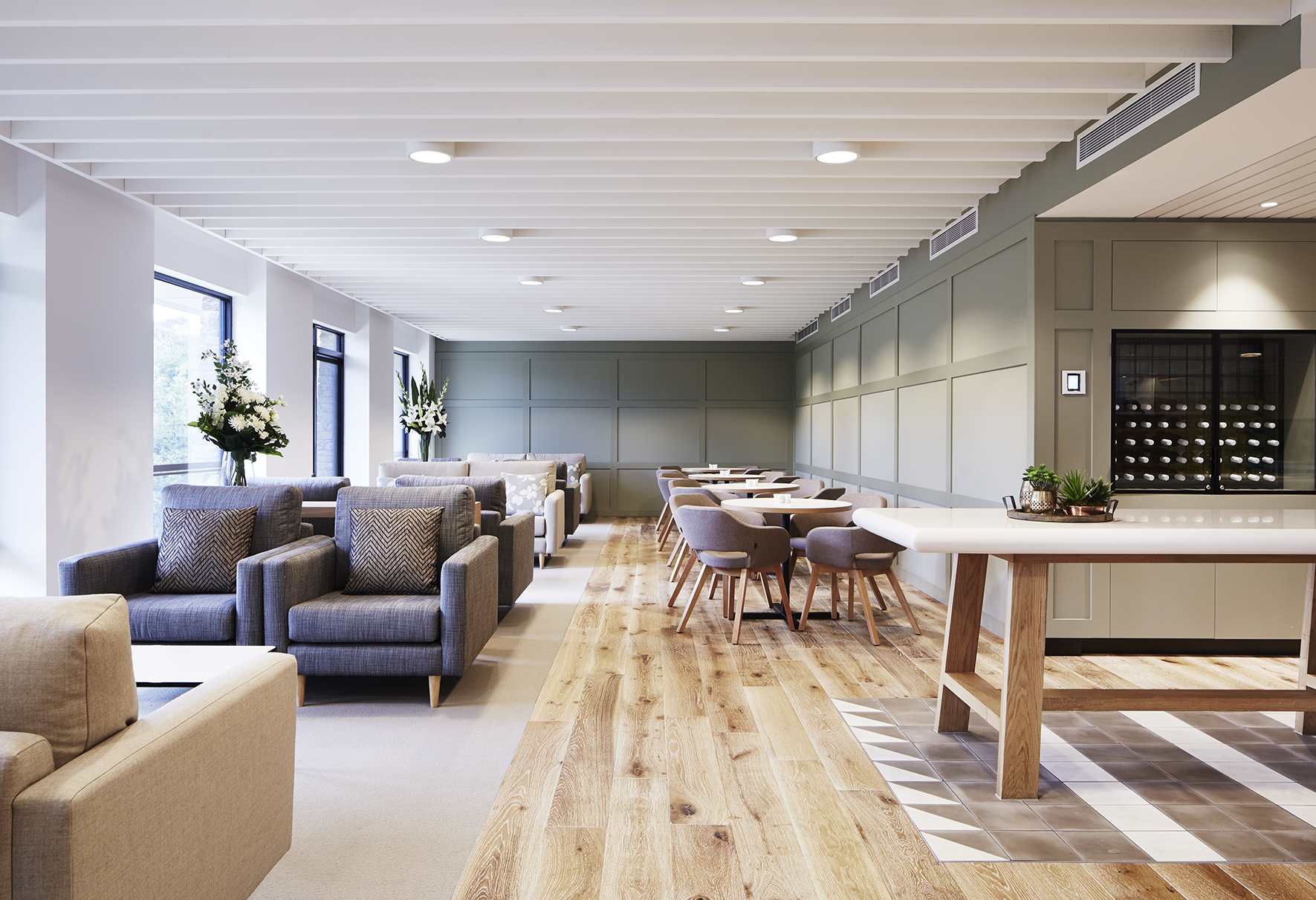
ThomsonAdsett, Vine Street © Alicia Taylor
On a more positive note, there have been significant changes in aged care over the past decade. Tieran Kimber, group director – Seniors Living at ThomsonAdsett, says, “The focus has shifted from the one-size-fits-all model to the individual.”
The stakeholders, mostly being private operators and government bodies, are, through education and training, changing their business model, and therefore creating environments that will ideally enable people to stay in a community as they age, with the different levels of support available to them as their needs change.
Growth opportunities in aged care
According to Thexton Smith principal Nolan Smith, Australia is far behind other countries in its targets for aged care. “Supply is currently lagging behind demand,” he says. While this isn’t great news for people on waiting lists, it does suggest that it is an area of significant growth for architectural practices.
There is no shortage of work in this sector, with aged care comprising around 40 percent of the work in many of the firms that specialise in this area, a figure that is unlikely to change. All of the practices AR spoke to agreed that this is a fascinating area to work in for a number of reasons.
One is the shift from the perspective of the operators – moving from a focus on yield to the notion of their developments being created with a person-focused design typology. While the operators are still interested in yield, they are, more importantly, wanting to create lovely spaces that can accommodate residents potentially for the rest of their lives.
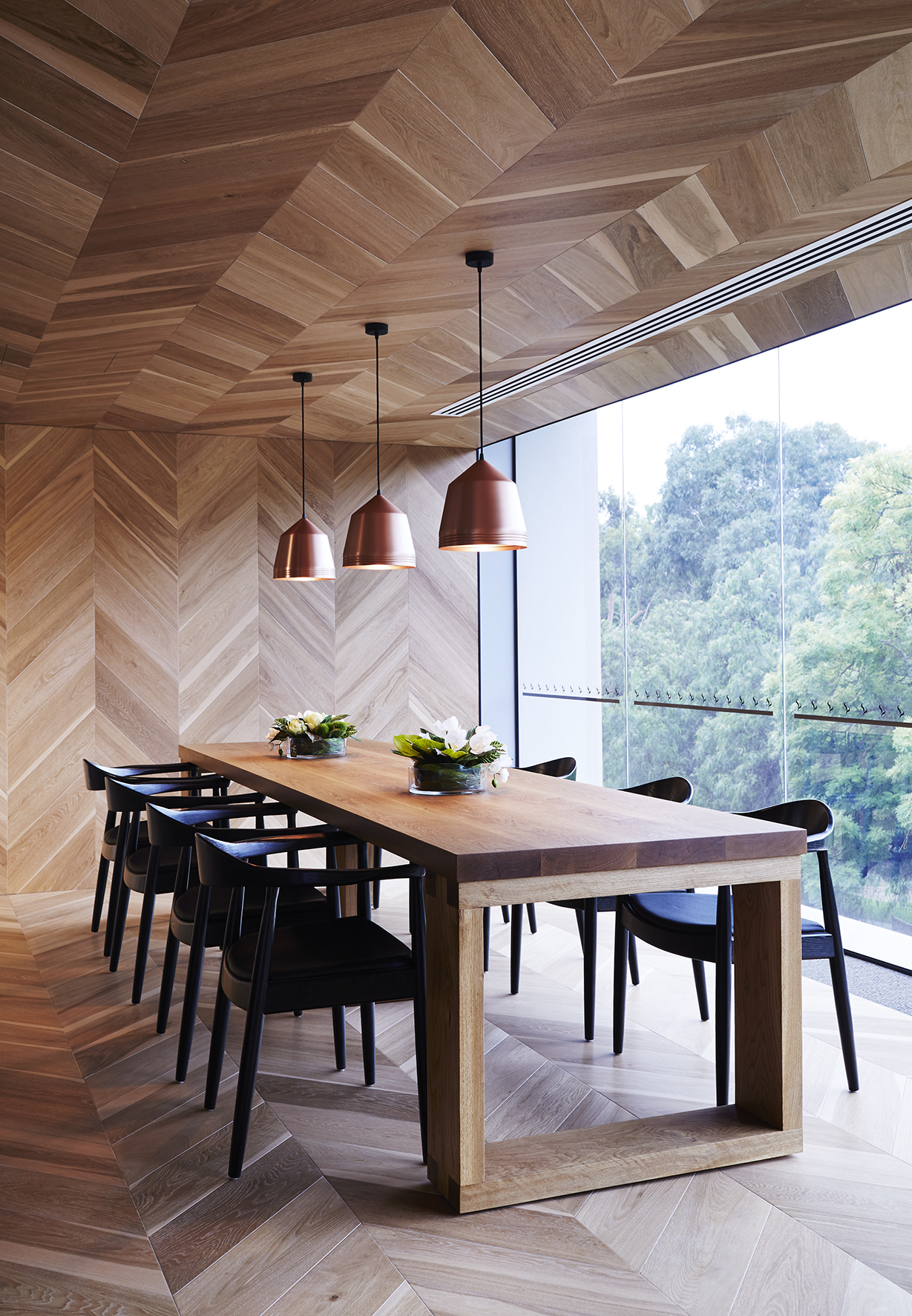
ThomsonAdsett, Vine Street © Alicia Taylor
Rewards of working in aged care
The nature of the projects varies significantly depending on the models of care. This could mean designing a ‘household model’, where a small number of residents share a home-like space, through to a large-scale village. The shifts in scale, budgets and levels of care will continue to offer interesting design challenges.
According to Joshua McAlister, associate director of CHT Architects, “There is a huge variation on the price point from the economic care offering through to high-end luxury.” This results in broad and diverse briefs for design.
Some firms are also branching out to the Asian market, particularly Hong Kong, Singapore and China. This offers exciting opportunities to expand global reach, so much so that ThomsonAdsett has created a separate international business, Sage Tours, where it offers opportunities for ‘studying and advancing global eldercare’. The tours are targeted at operators looking to expand and improve their understanding of aged care.
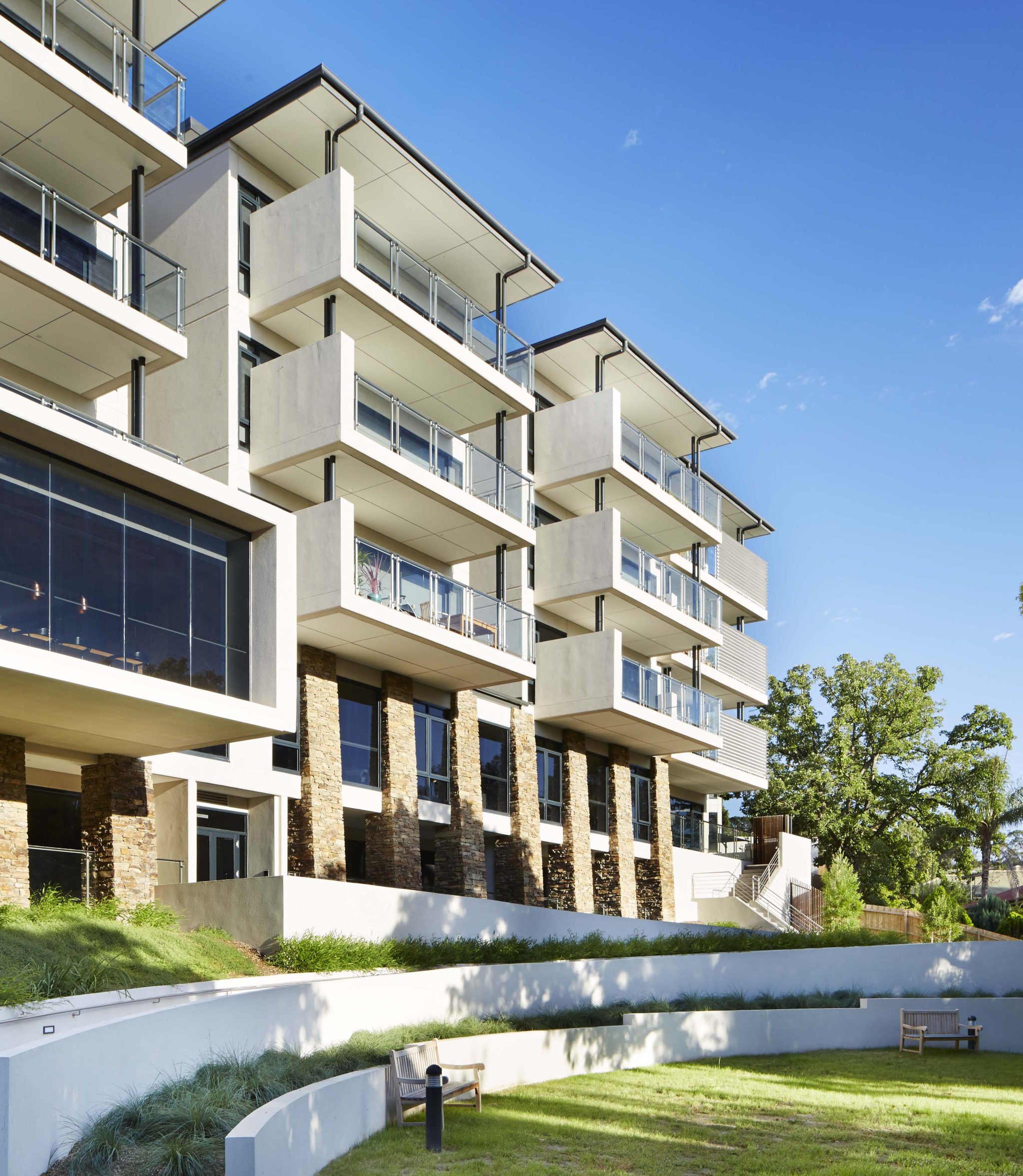
ThomsonAdsett, Vine Street © Alicia Taylor
The changing face of the sector
McAlister believes the essential changes that are occurring in the nature of the care mean the terminology of ‘high care’ and ‘low care’ are no longer suitable. “Residents are entering aged care later with higher levels of frailty, less mobility and some form of cognitive impairment,” he says.
McAlister defines the accommodation typology as aged care beds and assisted living apartments for those requiring higher levels of care. This is distinct from independent living accommodation, usually within retirement villages, for residents requiring lower levels of care.
CHT Architects and the other firms anticipate that the seniors living sector is changing significantly and will continue to do so as the Baby Boomers age. “There will be a greater demand for alternative forms of accommodation,” says McAlister. “Baby Boomers expect a higher quality and want more options,” adds Nolan Smith.
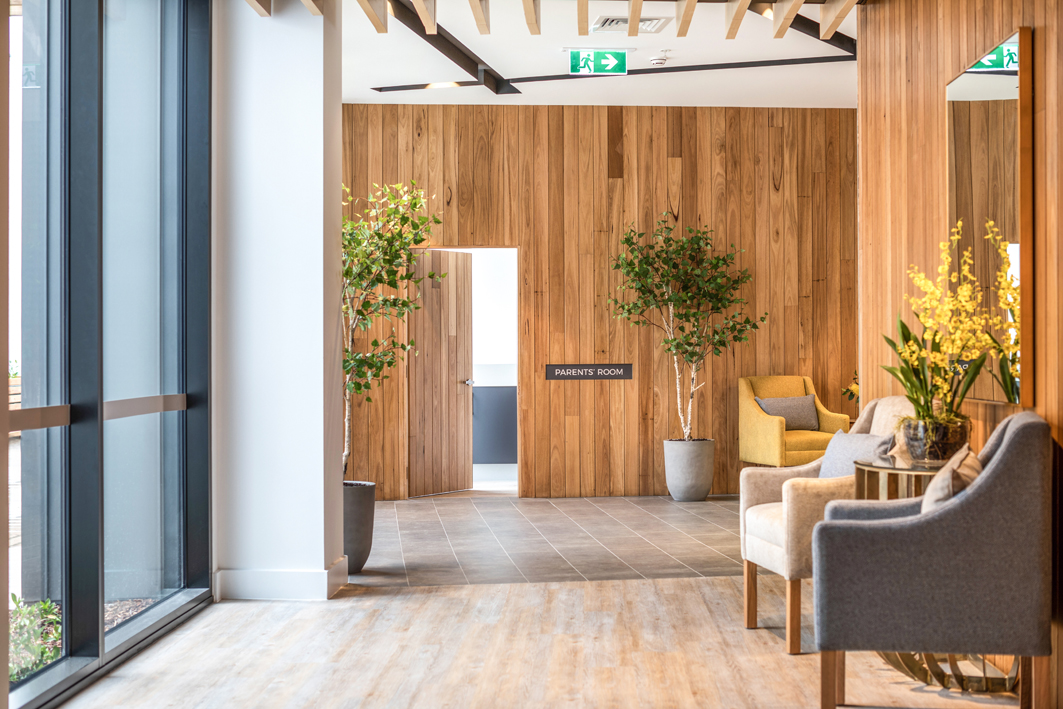
Epping Gardens © Young and Percival
“But they are also more likely to downsize for several years before making the transition to aged care.” ThomsonAdsett’s Kimber stresses the need to understand the changing dynamic of care delivery. “There is no one-size-fits-all model,” he says.
In his view, as reflected by changes in government policies, including the Royal Commission, the sector is changing rapidly and this could be attributed to:
- the ageing demographic, where the demand is currently greater than the supply
- finding innovative models of care that are also financially viable, and
- meeting the broader changes in consumer expectations – with the focus on individual needs, it’s no longer good enough to just provide a bed.
Kimber believes that the industry is undergoing a radical shift where “the details are driven by the operators and the users”. He has been passionate about this sector since university and, as an educator himself, has seen a dramatic shift in perception from the operators, with the focus now being fully on the needs of the individual.
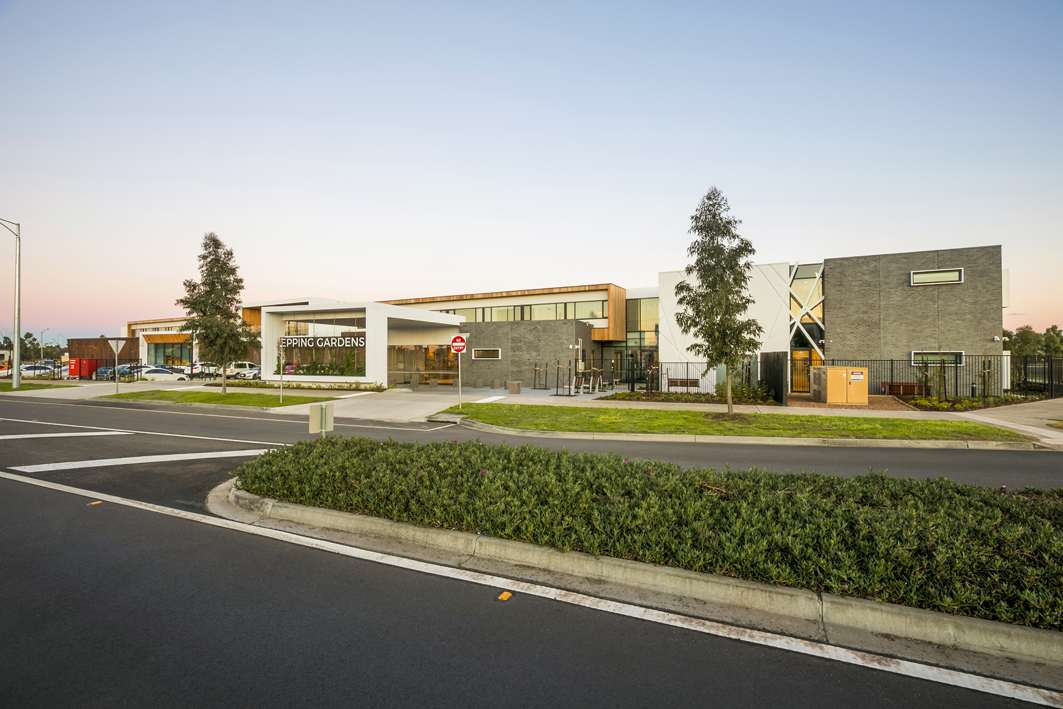
Epping Gardens © Young and Percival
Changing models of care
Another important change is around the appearance of projects. Again, Baby Boomers are driving this, as those with an income are demanding sophisticated and well-designed housing that is subtle in its marketing. According to Kimber, many of ThomsonAdsett’s developments, like the Streeton Park retirement village in Melbourne’s eastern suburbs, have been mistaken for stylish, modern residential apartment complexes.
Streeton Park accommodates 85 premium independent living apartments, with community areas that include a fine dining restaurant, café, sports bar, salon, business centre and wellness hub. Working in this rapidly changing sector offers many interesting challenges, and requires practices to perform a balancing act between the clients – the operators and government bodies, the users and their families – but the changes that are being implemented sound encouraging.
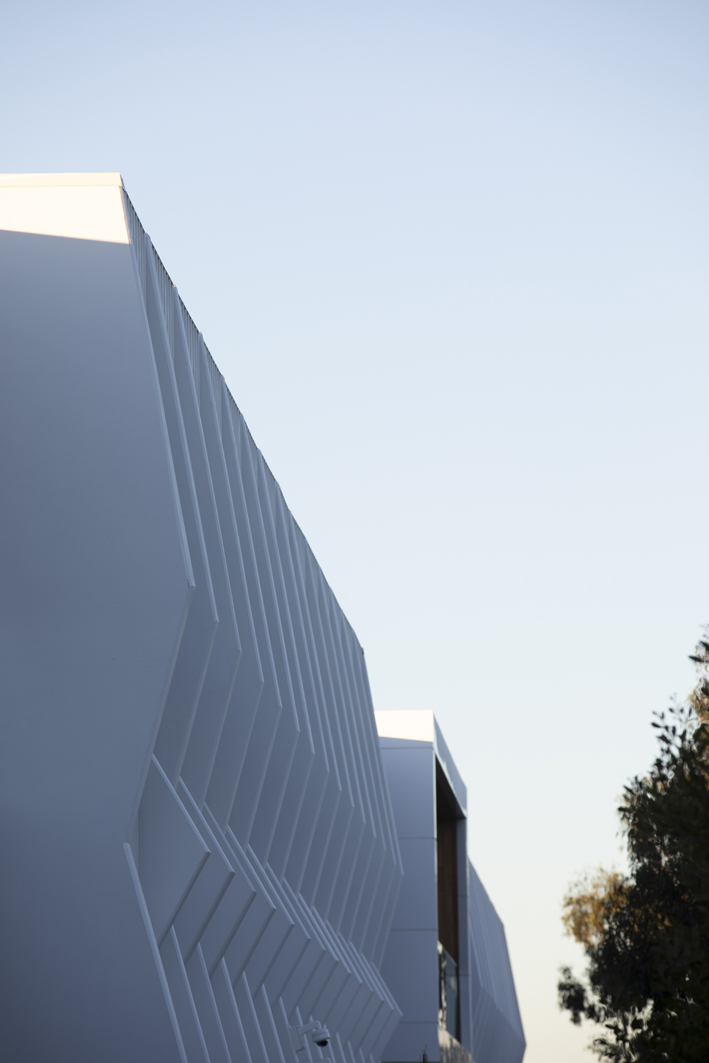
Epping Gardens © Young and Percival
A total of 9911 new residential aged care places were allocated across Australia in the 2016-17 Aged Care Approvals Round (ACAR). These new places have an estimated annual recurrent funding value of $649 million.
In addition, $64 million in capital grants has been allocated nationwide to help aged care providers to construct new or upgrade existing residential service.* The sector is growing, and with the changing ethos and attitudes towards older Australians, it’s clear that this sector offers great rewards.
This article originally appeared in AR160 – available online and digitally through Zinio.
You Might also Like
